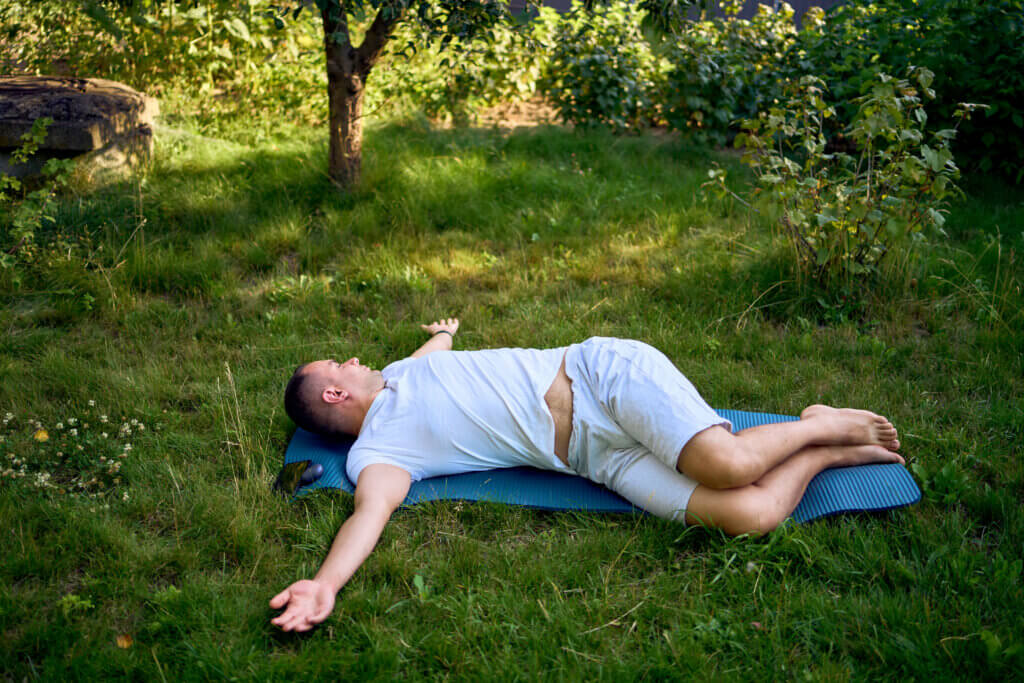As fitness professionals, we’re always searching for new ways to help clients not just meet their physical goals, but to cultivate a deep sense of well-being that resonates on both mental and emotional levels. One of the most impactful fitness trends I’ve encountered recently is somatic exercise, a body-mind approach that goes beyond traditional workouts to promote emotional awareness, self-healing, and overall mental health.
In a world where stress and anxiety are at an all-time high, somatic exercise offers something uniquely powerful—a chance for clients to connect deeply with their bodies while addressing the psychological impact of daily life.
What is Somatic Exercise?
Somatic exercise involves mindful movement that engages not just the muscles but also the nervous system. Unlike traditional exercises, which focus primarily on strength or endurance, somatic exercise emphasizes awareness of how the body feels in each movement. It draws from practices like yoga, tai chi, and Feldenkrais, all of which centre on slow, intentional movements combined with conscious breathing.
As a coach, I’ve seen how this approach helps clients become more in tune with their bodies. It encourages them to listen to physical signals—whether that’s a tightness in the shoulders caused by stress or a need to stretch after sitting for long hours. By fostering this internal awareness, somatic exercise empowers clients to self-correct imbalances and release emotional tension stored in their muscles.

Why It Matters for Coaches
From my experience, somatic exercise is a powerful tool for improving not only physical performance but also mental resilience. Many of my clients come to the gym not just for physical transformations but for relief from emotional stress and mental burnout. Somatic exercise bridges the gap between the two, creating a holistic training experience that nurtures both body and mind.

As coaches, here’s how we can integrate somatic principles into our training plans:
Incorporating Mindfulness into Movement
One key element of somatic exercise is mindful movement. I encourage my clients to focus on the sensations in their body during each movement, asking them to note areas of tension or discomfort. This not only improves body awareness but also helps them identify and release emotional stress that may be manifesting as physical tension.
Slow and Intentional Movements
Unlike high-intensity workouts, somatic exercises prioritize slow, controlled movements. I’ve found that starting or ending sessions with this type of exercise helps clients ground themselves, reduce stress, and prepare their bodies for more intense workouts.
Breathing and Emotional Release
Guided breathing exercises are essential in somatic work. I encourage clients to match their breathing with movements, allowing them to focus on the mind-body connection and find emotional release through breathwork. Clients often report feeling lighter and more relaxed after these sessions, as if they’ve “released” something more than just physical tension.
Benefits of Somatic Exercise for Clients
As a coach, the most rewarding part of integrating somatic exercises into my programs has been seeing the long-term benefits it provides. Here are some of the profound changes I’ve observed in clients:
Increased Body Awareness
Clients become more attuned to their physical sensations, which improves their form and reduces the risk of injury. They also gain the ability to self-correct posture issues, which often go unnoticed in fast-paced routines.
Stress Reduction
Somatic exercise allows clients to process stress in a physical way, reducing anxiety levels and promoting calm. Many clients have shared that their stress levels are lower after incorporating these practices into their daily routines.
Emotional Release
One of the unique benefits of somatic exercise is the emotional release it provides. Because emotions are often stored in the body, somatic movements can help release pent-up feelings, leading to improved mental health.
Improved Flexibility and Mobility
The slow, controlled movements involved in somatic exercise also increase joint mobility and overall flexibility, which translates into better performance in more intense workouts or sports activities.

Practical Ways to Integrate Somatic Exercise into Your Coaching Practice
If you’re interested in incorporating somatic exercise into your coaching, here are some practical steps you can take:
Begin with Body Scans
Start each session with a body scan meditation, encouraging clients to mentally check in with each part of their body. This sets the tone for mindful, body-aware movement throughout the session.
Slow Down
Incorporate slow, deliberate exercises at the beginning or end of your sessions. Movements like yoga flows, tai chi, or Feldenkrais-inspired stretches work wonders for helping clients release physical and emotional tension.
Teach Breathwork
Train clients in diaphragmatic breathing or other forms of breathwork to help them connect breath with movement. Breathing exercises are crucial for achieving emotional release and enhancing the mind-body connection.
As coaches, we are in a unique position to guide clients not only toward physical fitness but also toward emotional and mental well-being. Somatic exercise is a powerful tool that can transform the way our clients relate to their bodies. By embracing this trend, we can offer our clients a more balanced, nurturing, and effective approach to fitness that transcends the usual goals of weight loss or muscle gain.
In the fast-paced, high-stress world we live in, it’s essential to remember that fitness is not just about physical transformations—it’s about mental and emotional well-being too. Somatic exercise gives us, as coaches, a chance to make a lasting impact on our clients’ lives, both inside and outside the gym.
Are you ready to bring somatic exercise into your coaching practice? Share your thoughts or experiences in the comments!
